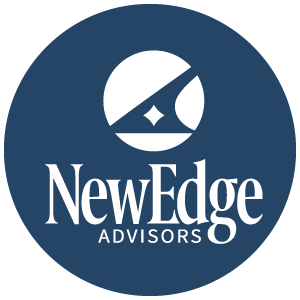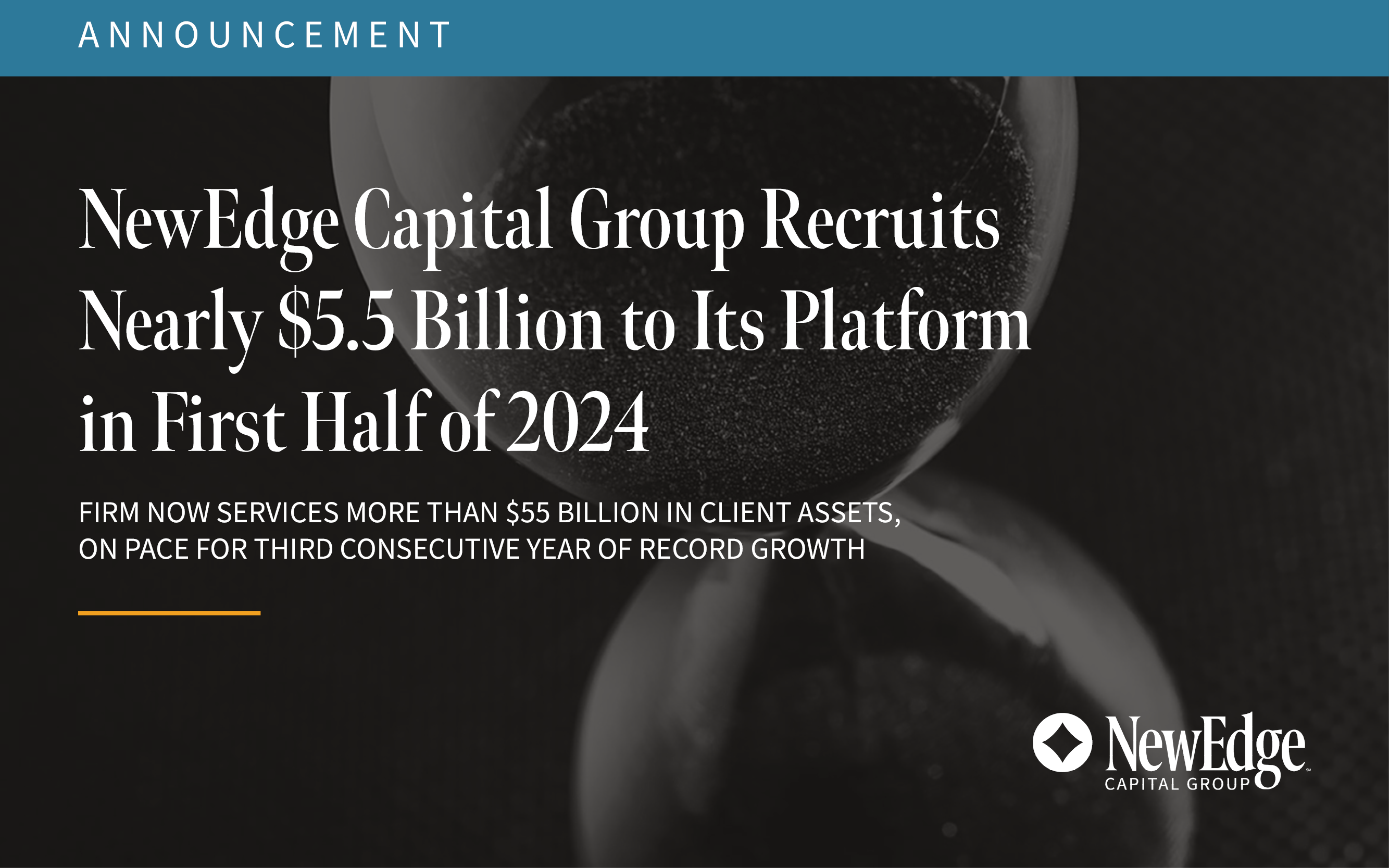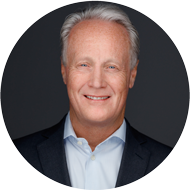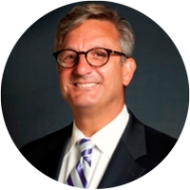Alex Goss, NewEdge Advisors Co-Founder and Co-CEO, Shares on 3 Necessary Steps to a Successful Transition, a Better Way to Build Loyalty Than W2 Contracts, Lessons Gained From Experience and 3 Top Trends Through 2023
Professional relationships in the wealth management industry – whether advisor to firm, advisor to client or firm to service provider – contain deep layers of complexity that go beyond the words in legal contracts that structure those relationships.
Though a contract may win the day in court, it can’t account for the interpersonal issues and connections that develop through the life of a business relationship – and many of those subtleties directly affect a business’ smooth function and valuation.
New Orleans native Alex Goss, the Co-CEO and Co-Founder of NewEdge Advisors, explores the linkages between relationships and successful business with us.
Good Business From a Relationships Perspective
In 2020, EdgeCo Holdings acquired NewEdge Advisors’ predecessor firm, Goss Advisors, which Goss founded, and in 2021 launched NewEdge Capital Group, which serves over $30 billion in client assets as of July 31, 2022, including NewEdge Advisors, with over 250 independent advisors and $16 billion in assets.
Year-to-date, New Orleans-based NewEdge Advisors has added almost 20 advisors and $2.1 billion in assets, putting it on pace to surpass its record 2021 growth.
Goss, who devotes his spare time to education, mentorship and cultural enrichment for children in need, spent time with us to discuss wisdom gained from business-building, the future direction of wealth management, the way to achieve true advisor loyalty and how advisors can make a smooth transition.
WSR: What are the most important lessons you learned in launching and building Goss Wealth Management that you’re still carrying through in your role as Co-CEO of a much broader organization today?
Goss: There is no overnight success, and there’s always a bigger fish. Running a successful client practice doesn’t translate into a successful advisor enterprise. It takes much longer than people realize, and it’s not a shortcut to a cash windfall, which is what many firms are chasing.
To be competitive in this business, you must have a real value proposition and scalable economics. It’s expensive to get there. And when you do achieve some measure of success, you realize we’re all swimming in a multi-trillion-dollar industry ocean. $1 billion was big 10 years ago. Today, $10 billion is the new $1 billion – and there are many $10 billion firms.
We’ve seen too many firms try to grow through adversarial tactics with their custodial partners or fintech providers. It’s far better to remember you aren’t the only game in town and to find mutually beneficial solutions with your third-party partners.
WSR: Industry experts increasingly opine that firms need to be multi-channel, accommodating both W2 as well as 1099 FAs. Do you agree with this perspective and, if so, how is NewEdge positioning itself for this trend? If not, tell us why you disagree.
Goss: We don’t believe this is purely a W2 versus 1099 discussion. Being a W2 doesn’t make you loyal to your firm. W2 advisors, with non-competes, leave their firms all the time – and bring their clients with them.
What we’re really talking about here is the premium W2 advisors get over 1099s when it comes to firm valuations. There’s no denying that firms with sticky, loyal and integrated advisors are more valuable than firms that only provide commoditized services (compliance, transitions, pricing, etc.). The market has shown that valuations on the latter are heavily discounted to the point where they find it hard to sell at any price.
Focus instead on developing a culture that advisors are attracted to and integrated services they can’t live without. The more they feel catered to, the happier and more loyal they become. Would advisors leave your firm if they could? That’s the real question the industry experts are asking.
At NewEdge, we offer both 1099 and W2 affiliation options for our advisors. We provide multi-employment channels so the advisors can join through the best structure for them. Our mission is to make advisors feel like they’ve found a home regardless of employment.
WSR: What are the top three things an advisor transitioning to a different firm must accomplish in their first 100 days to be successful? How do those things differ between an already independent advisor moving to a different firm versus a W2 advisor going independent?
Goss: The most critical factor starts well before transitioning – it’s the strength of the advisor-client relationship. If clients view their advisor as integral to achieving financial objectives, that’s almost all that matters. The planning process establishes a bond that is stronger than any brand. Advisors that focus on planning have a higher transition success rate, with close to 100% of their clients moving with them.
While the asset-transfer pace can reflect a solid advisor-client relationship, the most efficient transitions require planning and organization to move many client accounts in a short period. Don’t wing it. I highly recommend spending the money on a third-party transition and repapering specialist. No amount of virtual training or webinars can fully prepare you for live fire transitions. It’s worth every cent to go with an expert.
Lastly, recognize that no matter how prepared you are, it will still take time. Set realistic expectations for yourself and your clients. Don’t promise your clients that their accounts will move instantaneously and without a hitch. If you do that, you’re setting them up for disappointment.
Advisors with equal client-relationship strength will have comparable levels of success. Independent advisors already own the client data. They can do more work before the transition as they have in-house client data. In contrast, W2 advisors can’t do much beforehand and will have more to do after switching firms. In the end, it’s close to the same amount of work, just expended at different phases.
WSR: What do you see as the top three defining trends of the wealth management space for the balance of 2022 and the year to come?
Goss: 2023 will be the year the succession wave finally hits the shore. For the last 15 years, we’ve heard that the average advisor is older and will retire soon. It took longer than expected, but it’s finally happening. With increasing valuations and more economic uncertainty on the horizon, we believe this next year will be the highest retirement year on record.
For the first time, we will see traditional large wirehouse teams move to some form of independence. These teams didn’t jump to independence like the more trend-setting teams did. The pandemic changed that. Work from home gave everyone a taste of what it’s like to not have the corporate mothership breathing down your throat. It tasted good.
We also believe the trend of going RIA alone has hit its peak. There are more RIA affiliation options for advisors than ever before. The scale and services some of the larger firms provide will continue to attract advisors that would have set up their own RIAs five years ago.
Read the full Wealth Solutions Report article here.








